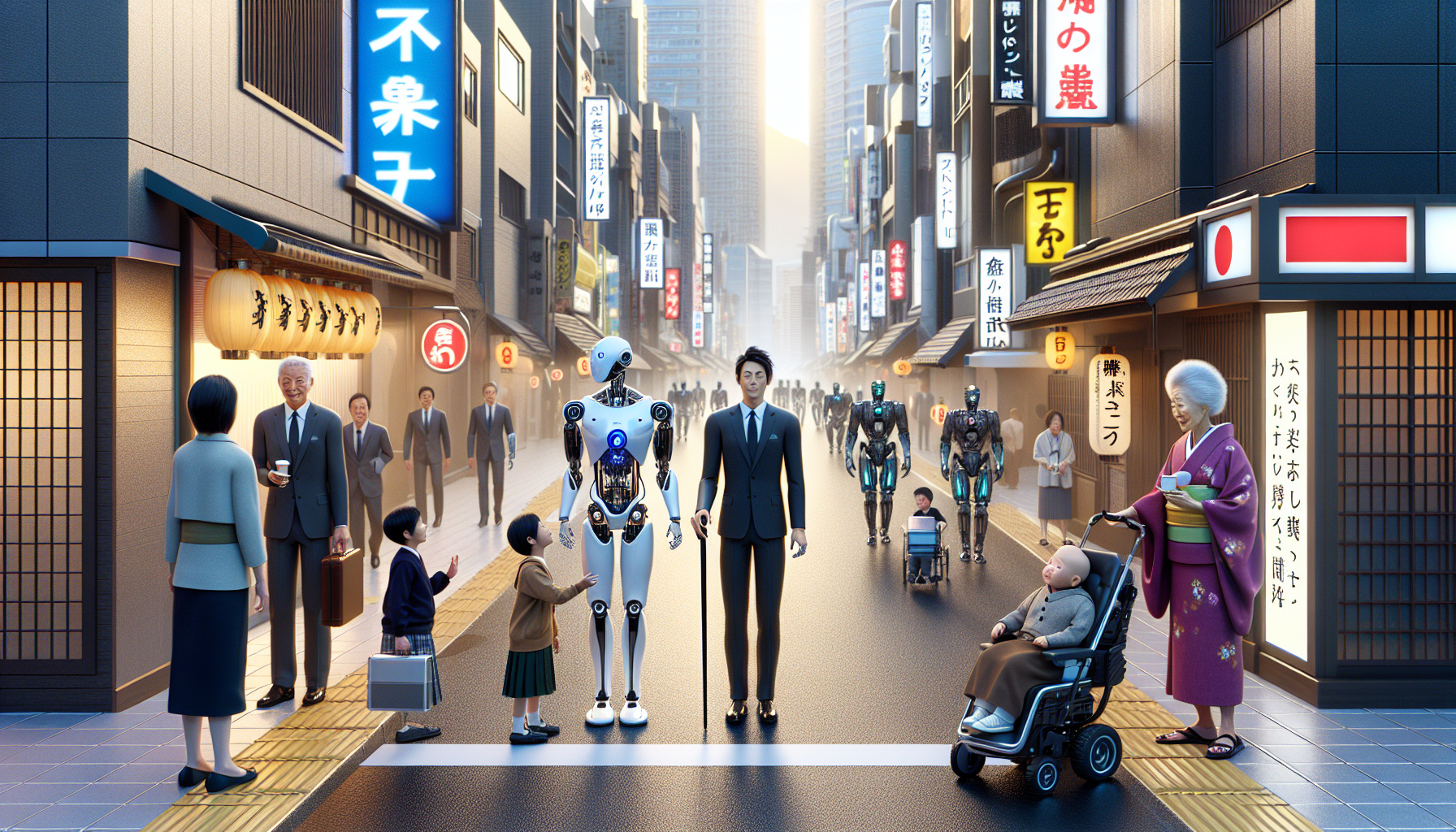Advertisements
Robotics in Japan has been one of the most important technological revolutions in Japanese society and culture. With a long tradition of innovation and technological development, Japan has excelled in creating increasingly advanced and sophisticated robots. This trend has impacted not only industry, but also many aspects of Japanese people's daily lives.
Robots in Japan are being used in a variety of sectors, from the automotive industry to nursing homes. In addition, the presence of robots at cultural events and even in films and TV series has become increasingly common. This integration of robots into Japanese society has sparked both curiosity and concern about the future of human-machine interaction.
In this article, we will delve deeper into the robot revolution in Japan, analyzing how this technology has impacted Japanese society and culture. We will discuss the main applications of robots, the ethical and social challenges that arise from this integration, and the prospects for the future of this relationship between humans and robots in the land of the rising sun.
Advertisements
Robotics in Japan: The Robot Revolution in Japanese Society and Culture
The presence of robots in Japanese society has become increasingly common and impactful. Since the introduction of the first automatons in the 1970s, Japan has been a world leader in robotic innovation, contributing significantly to the country's technological and cultural advancement.
Impact on Japanese Society
Robots in Japan are being used in a variety of industries, from the automotive industry to healthcare and entertainment. Companies such as Toyota and Honda have invested heavily in robotics to improve the efficiency of their operations and create new business opportunities. In addition, robots are increasingly being adopted in homes to assist with elderly and childcare, reflecting Japan’s concern about its aging population.
- Home assistant robots are becoming popular, helping with everyday tasks and providing companionship for those who live alone.
- Customer service robots are being used in stores and hotels, improving the consumer experience and increasing service efficiency.
- Entertainment robots, such as the famous “pepper robots”, are winning the hearts of the Japanese, being used in events and commercial establishments to interact with people.
Impact on Japanese Culture
The presence of robots in Japanese culture is also evident, influencing not only the entertainment industry but also art and literature. Iconic robot characters such as Astro Boy and Gundam have become symbols of Japanese pop culture, inspiring generations of fans around the world.
Robotics in Japan is not just about technology, but also reflects the unique relationship Japanese people have with nature and technology. The harmony between the traditional and the modern is evident in the way robots are incorporated into Japanese society, highlighting the country’s ability to embrace innovation without losing its cultural identity.
Advertisements

Conclusion
In conclusion, robotics in Japan is revolutionizing Japanese society and culture in innovative and impactful ways. With the increasing presence of robots in a variety of sectors, from the automotive industry to entertainment, the country has demonstrated its leadership and expertise in technological development. Renowned companies such as Toyota and Honda have invested significantly in robotics, aiming to improve operational efficiency and create new business opportunities.
Furthermore, the adoption of robots in homes to assist with elderly and childcare reflects Japan’s concern about its aging population. Robots for domestic, customer service, and entertainment assistance are becoming increasingly common, providing convenience, efficiency, and even companionship to the Japanese.
Robots also play a significant role in Japanese culture, influencing not only the entertainment industry but also art and literature. Iconic characters such as Astro Boy and Gundam have become symbols of Japanese pop culture, inspiring fans around the world.
In short, robotics in Japan not only drives technological innovation, but also highlights the country's ability to embrace modernity without losing its unique cultural identity, demonstrating the harmony between the traditional and the modern in Japanese society.
Japan’s robot revolution is not just about technological and cultural transformations, but also offers great potential to boost the country’s economy. Japan, recognized worldwide as a pioneer in the field of robotics, is constantly innovating and developing increasingly advanced robots. This innovation not only positions Japan as a global leader in the sector, but also creates new opportunities for investment and the creation of highly skilled jobs.
Robots have been integrated into a variety of industries in Japan, from manufacturing and automotive to medicine and services. With their ability to perform repetitive tasks with precision, robots increase productivity and efficiency, helping companies reduce costs and improve product quality. In addition, robots are playing an essential role in industries such as healthcare, where they are used to perform precision surgeries and provide care for the elderly, something that is particularly important in Japan, which faces a rapidly aging population.
In the industrial sector, collaborative robots, or “cobots,” are being employed to work alongside humans, streamlining production processes and minimizing human error. This collaboration between robots and human workers results in greater efficiency, contributing to the competitiveness of Japanese industries in the global market. The automation provided by robots also has the potential to revolutionize manufacturing, allowing Japan to remain an industrial powerhouse despite demographic challenges.
Furthermore, advances in robotics are opening doors for the growth of new sectors of the economy, such as the creation of new services based on artificial intelligence (AI) and autonomous robots. Technology companies are investing in research and development to explore how robots can be applied in new areas, such as tourism, education and entertainment. Robots, for example, can be used as tour guides or personal assistants, creating new industries and markets.



